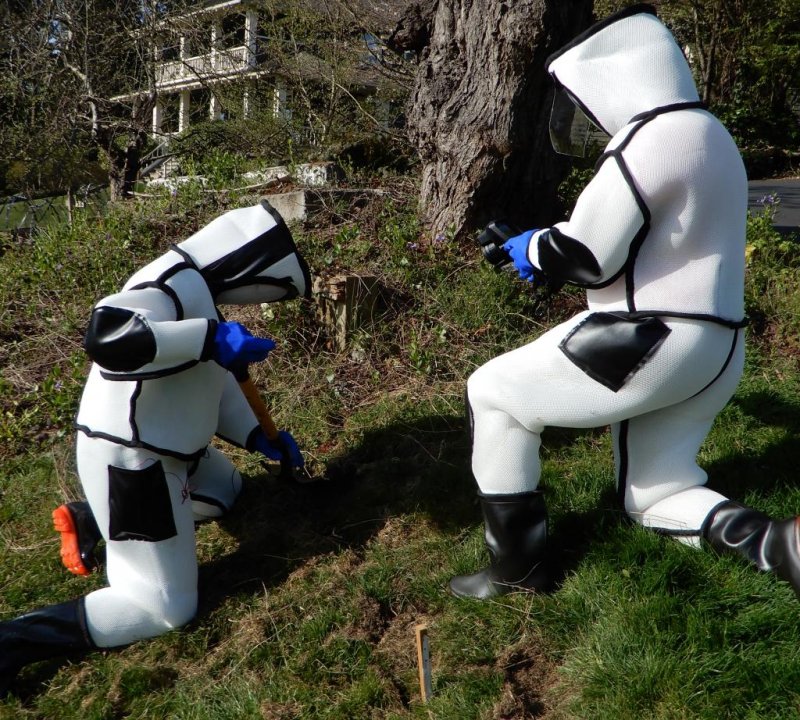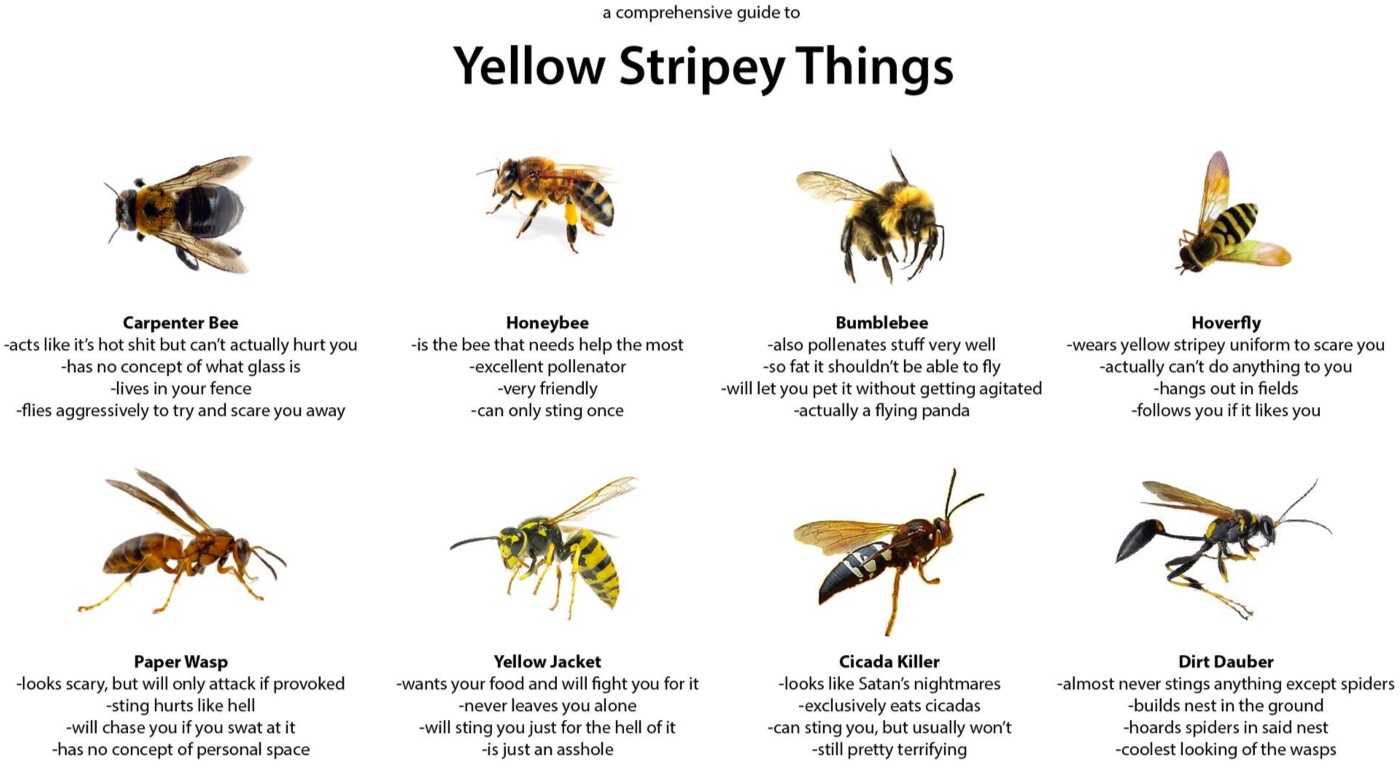
During an exchange with reporters this Tuesday, President Trump was asked why he won’t allow Dr. Anthony Fauci to testify before the House. According to Trump, it’s because the House “is a set-up” that’s full of a “bunch of Trump haters.”
REPORTER: Why won't you let Fauci testify before the House?
TRUMP: "Because the House is a set up. The House is a bunch of Trump haters … they, frankly, want our situation to be unsuccessful, which means death." pic.twitter.com/G3G5OoV5IV
— Aaron Rupar (@atrupar) May 5, 2020

Trump went on to accuse the Democrats of wanting him to fail at battling the coronavirus, “which means death.”
CNN’s Dana Bash and Jim Sciutto discussed the spectacle, with Bash saying that Trump’s refusal to allow Fauci and other administration officials to testify before the House is “ridiculous and it flies in the face of the Constitution, what is required of Congress.”
“The idea that even now the president just doesn’t care about basic checks and balances in the Constitution is remarkable,” Bash said. “Elections have consequences — Democrats took control of the House, period.”

















